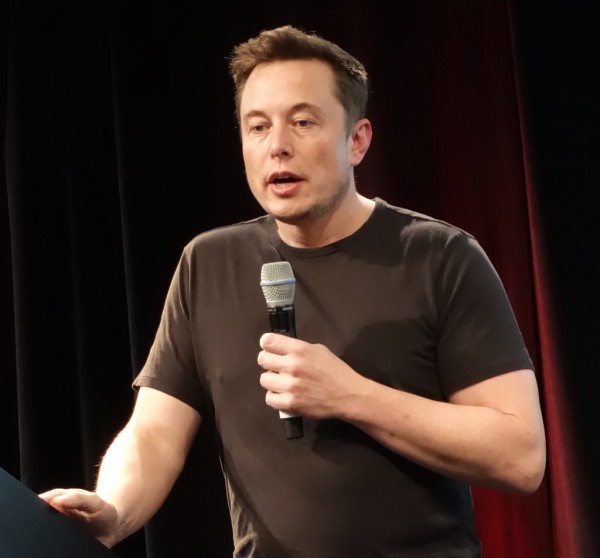By Staff Reporter, | March 28, 2017

Elon Musk
SpaceX and Tesla boss Elon Musk launched Neuralink with the eventual purpose of connecting brains with artificial intelligence technology.
The report which first appeared in the Wall Street Journal, said that the company is working on a so-called 'neural lace' technology, a brain-computer interface which can implant tiny electrodes in the brain that can later on upload and download thoughts.
Like Us on Facebook
According to the Verge, Musk has hinted the existence of Neuralink in several occasions, the latest of which was at the World Government Summit in Dubai, when he told the crowd: "Over time I think we will probably see a closer merger of biological intelligence and digital intelligence."
"it's mostly about the bandwidth, the speed of the connection between your brain and the digital version of yourself, particularly output," he added.
The Verge explained that the brain-computer interfaces only exist today in science fiction. Electrode arrays and other implants, meanwhile are used in medical applications to help ameliorate the effects of Parkinson's, epilepsy, and other neurodegenerative diseases. Brain surgery of this type, however, is limited due to the delicacy of the procedure.
There is no official announcement yet, but news.com.au said that Neuralink was registered in California as a 'medical research' in July. It added that Musk plans to fund the company by himself.
New.com.au also said that while it is still unclear what sort of products the company will be creating, the strategy might be similar to Musk's other ventures, SpaceX and Tesla, as told by people who have had discussions with Neuralink.
Wall Street Journal also reported that Neuralink was on a hiring spree in recent weeks targeting leading academics in the field.
According to The Verge, the idea of merging human and computer is not a new idea. Psychologist and computer science pioneer J.C.R. Licklider expanded a theory of human-computer interface 57 years ago.
-
Use of Coronavirus Pandemic Drones Raises Privacy Concerns: Drones Spread Fear, Local Officials Say

-
Coronavirus Hampers The Delivery Of Lockheed Martin F-35 Stealth Fighters For 2020

-
Instagram Speeds Up Plans to Add Account Memorialization Feature Due to COVID-19 Deaths

-
NASA: Perseverance Plans to Bring 'Mars Rock' to Earth in 2031

-
600 Dead And 3,000 In The Hospital as Iranians Believed Drinking High-Concentrations of Alcohol Can Cure The Coronavirus

-
600 Dead And 3,000 In The Hospital as Iranians Believed Drinking High-Concentrations of Alcohol Can Cure The Coronavirus

-
COVID-19: Doctors, Nurses Use Virtual Reality to Learn New Skills in Treating Coronavirus Patients







